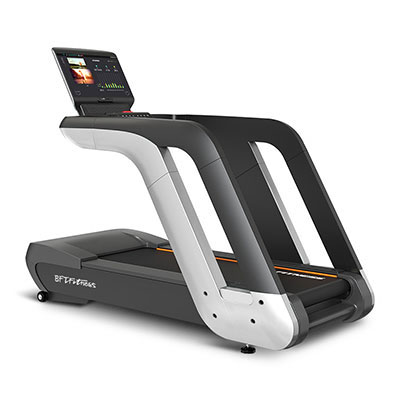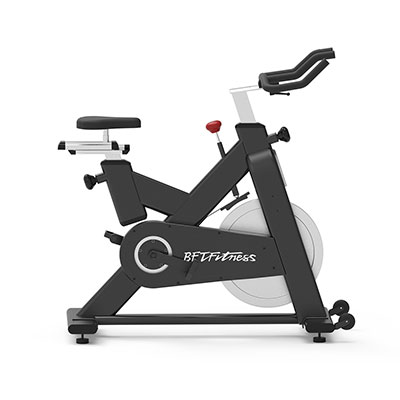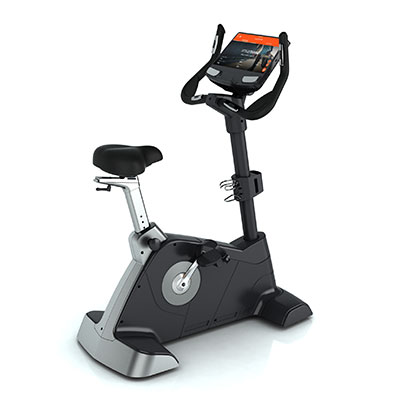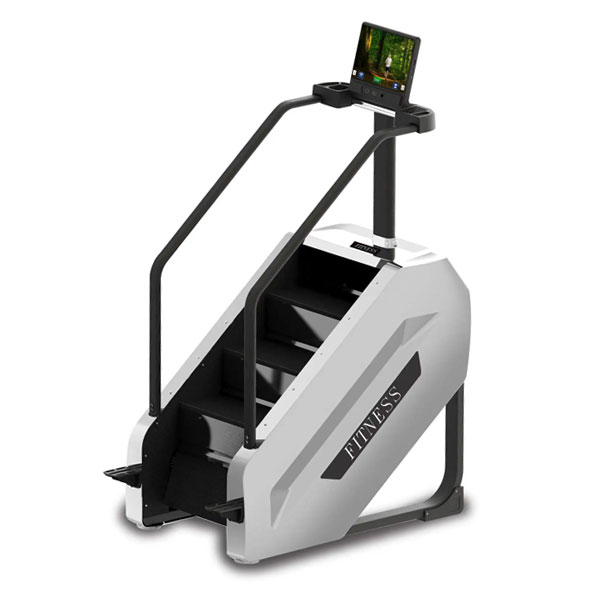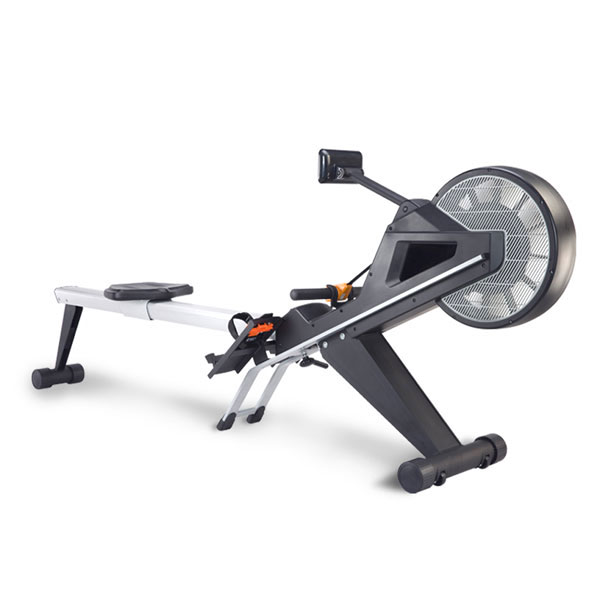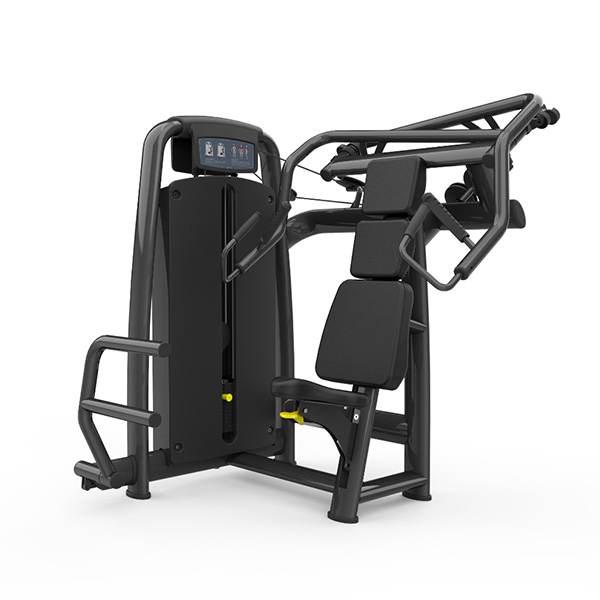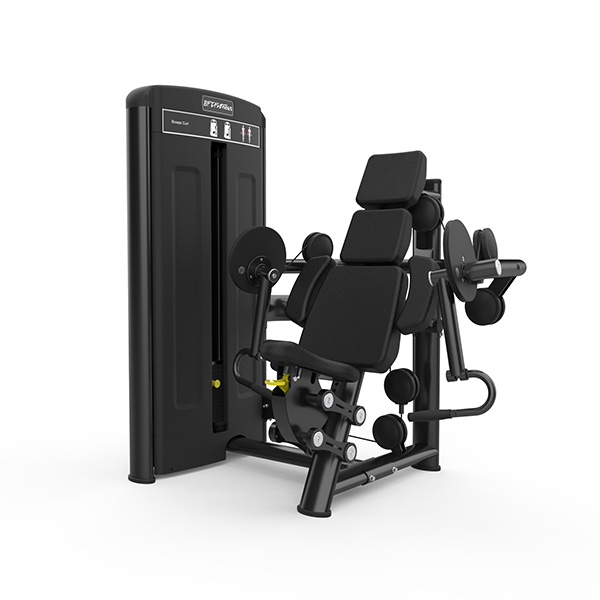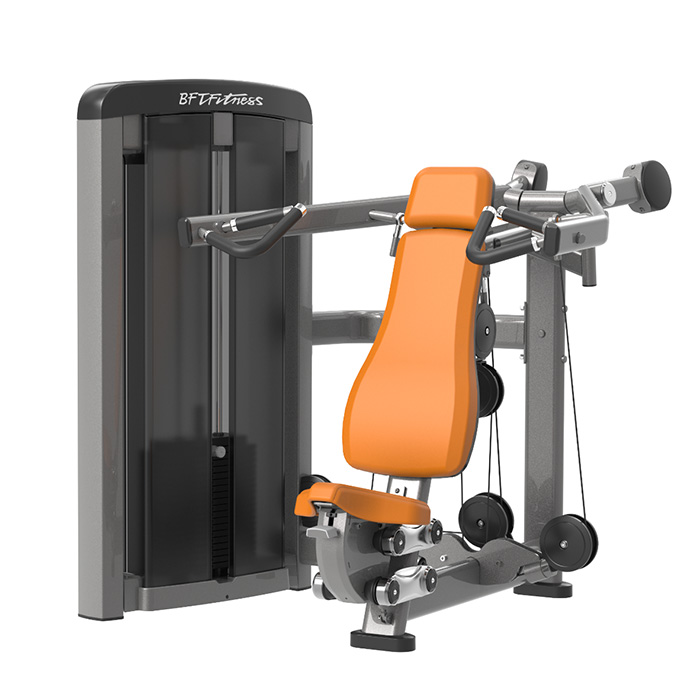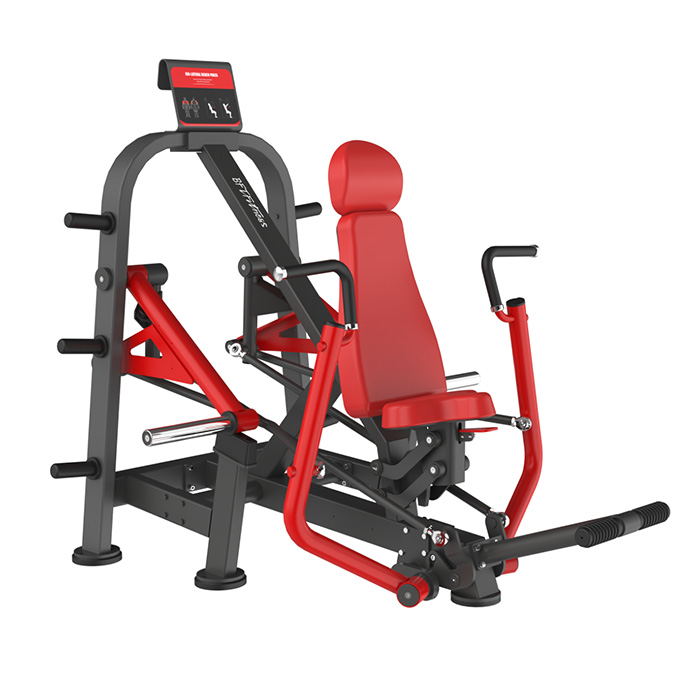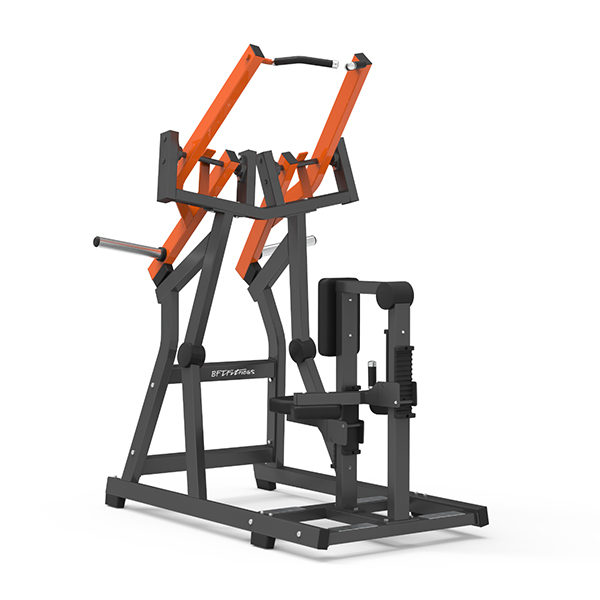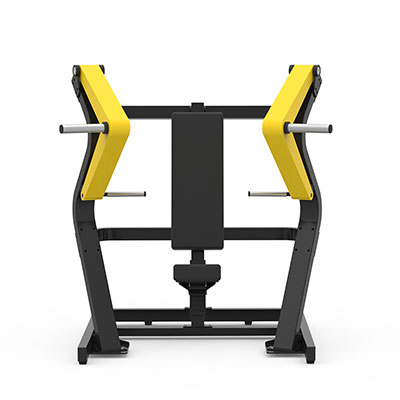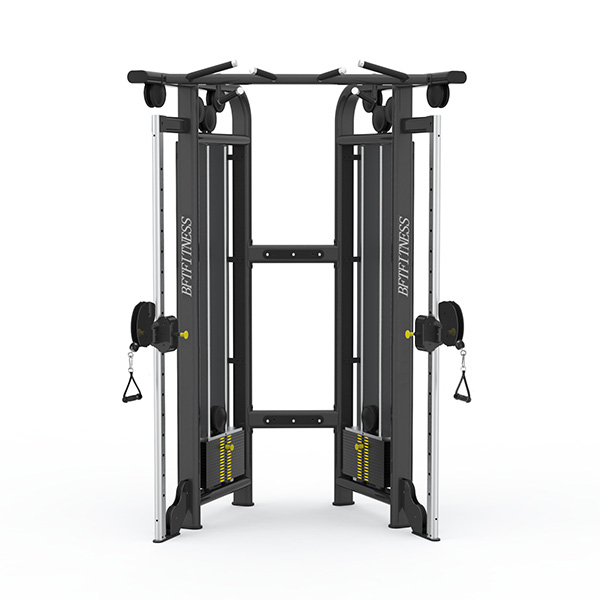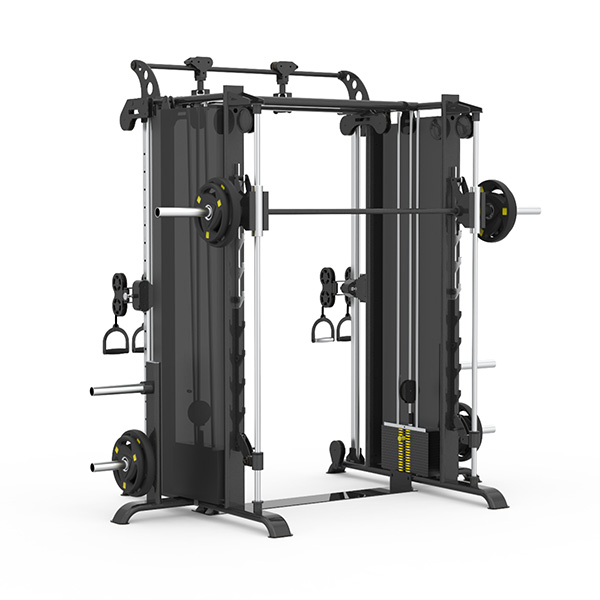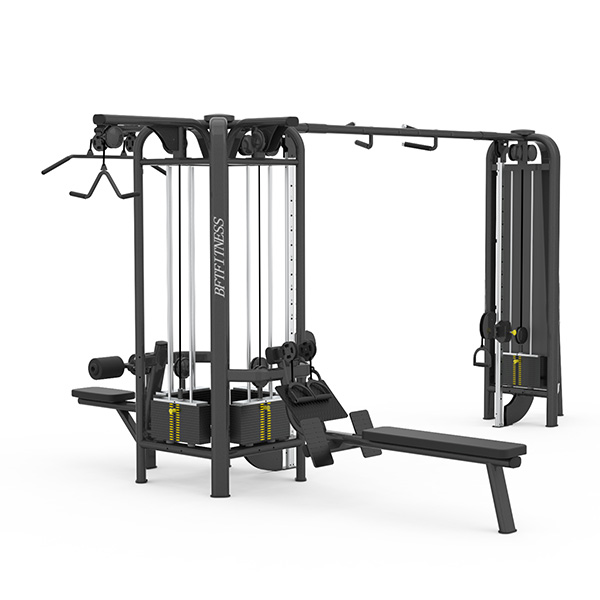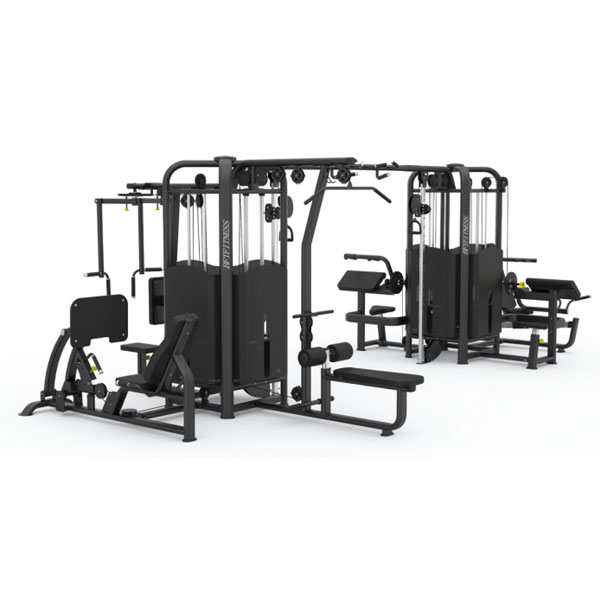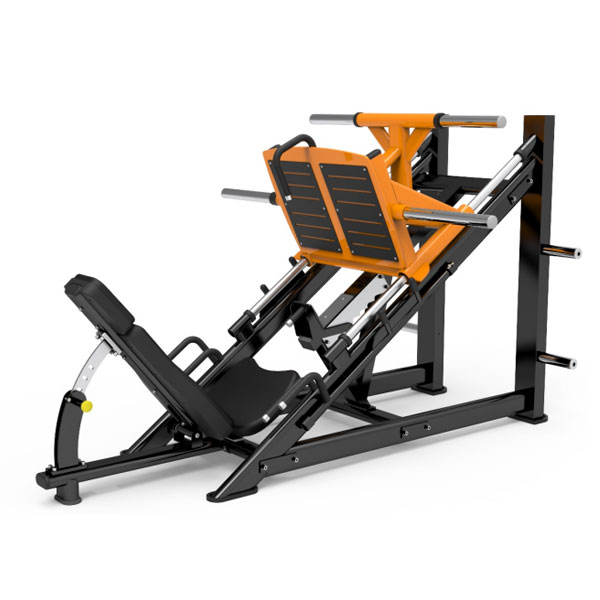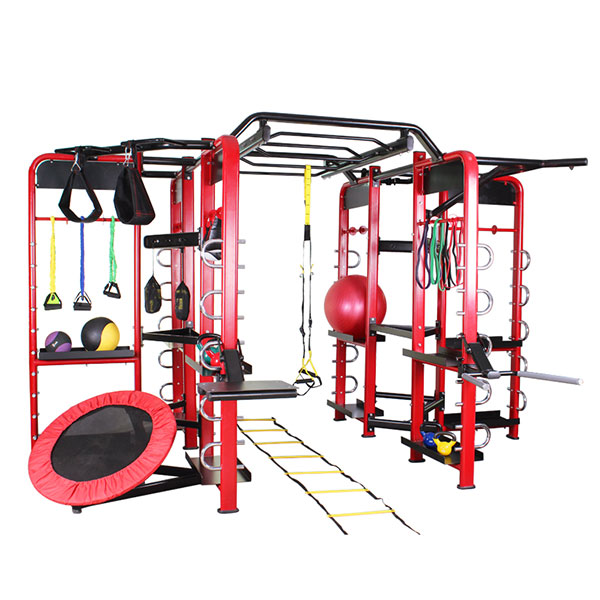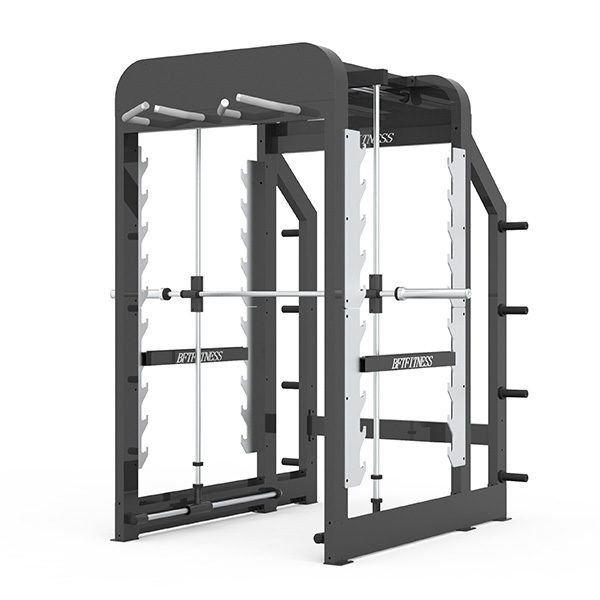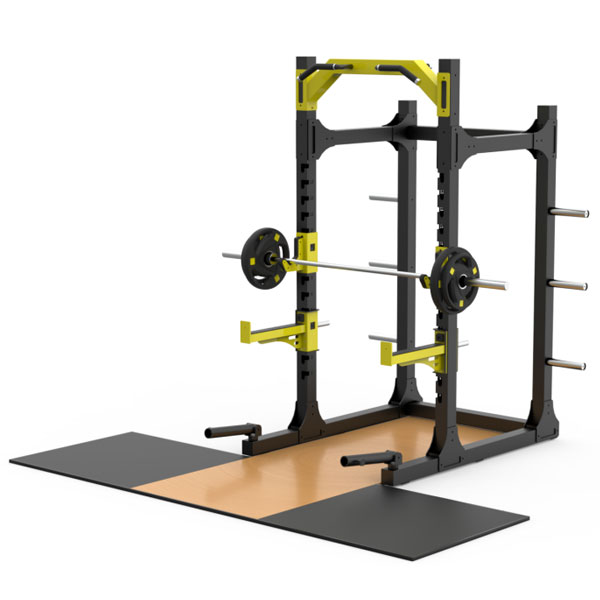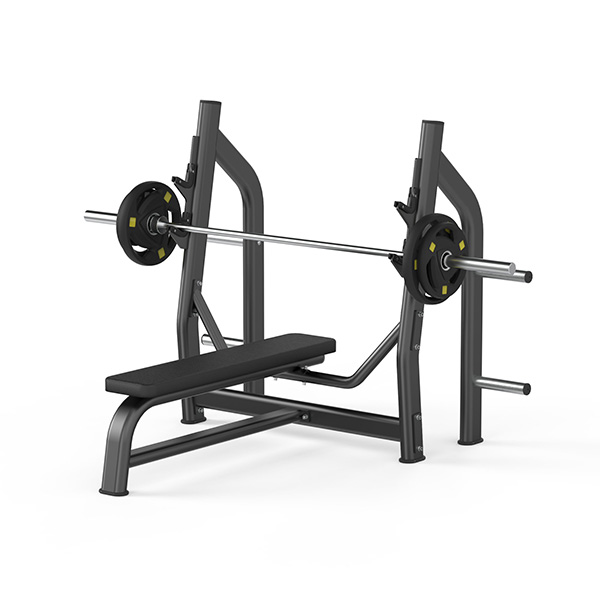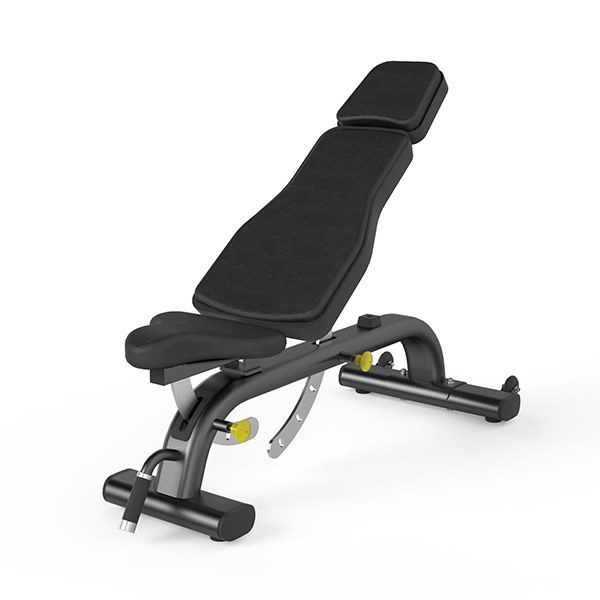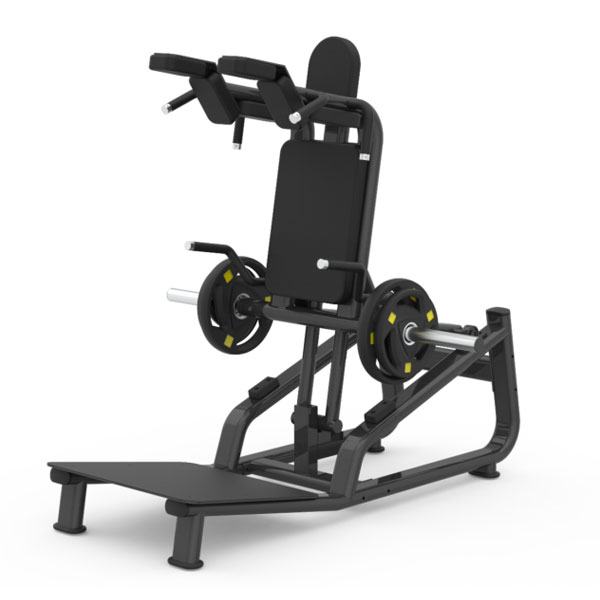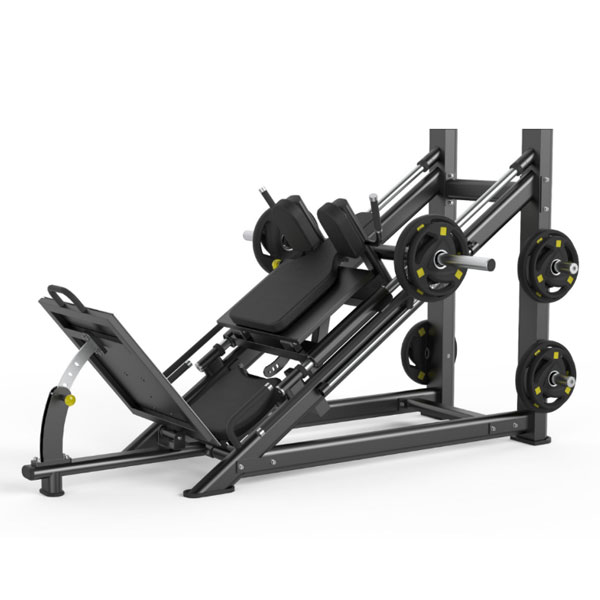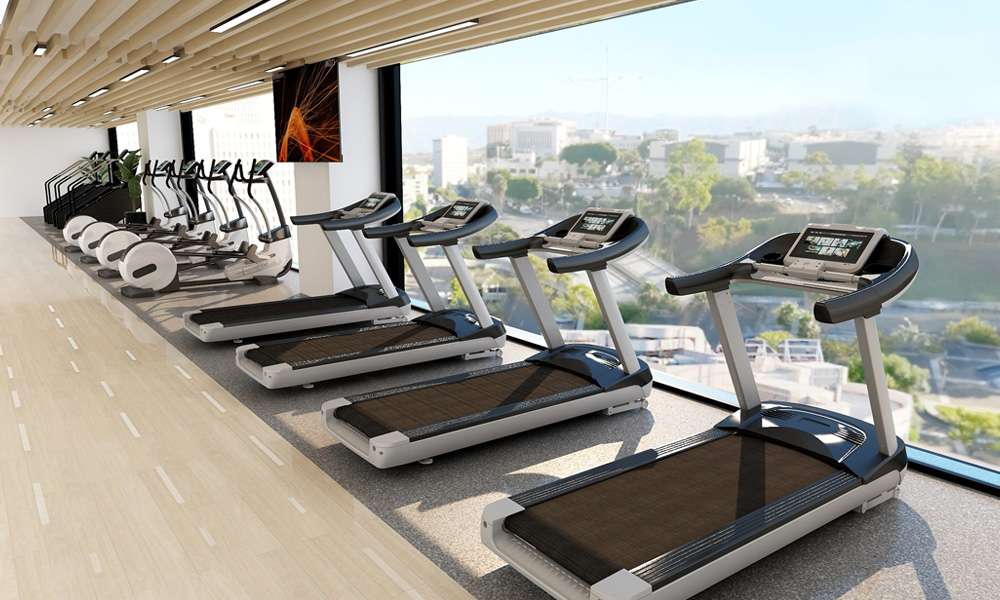Large Gym Equipment Manufacturer: Shaping the Future of Fitness
In the rapidly evolving world of fitness, large gym equipment manufacturers play a pivotal role in shaping the landscape of health and wellness. These companies are not only responsible for producing the equipment that fills commercial gyms and home workout spaces but also for integrating technological advancements that drive the industry forward. This article delves into the role of large gym equipment manufacturers, the challenges they face, and how they are innovating to meet the demands of modern fitness enthusiasts.
The Role of Large Gym Equipment Manufacturers
Large gym equipment manufacturers are central to the fitness industry's infrastructure. Their products range from the basic essentials like treadmills and stationary bikes to advanced machines such as multi-station weight systems and functional training rigs. These manufacturers are tasked with designing, engineering, and producing equipment that is not only durable and functional but also safe and ergonomically sound.
Their role extends beyond mere production; they are also involved in research and development to ensure that their equipment meets the evolving needs of fitness enthusiasts. This includes integrating technology for enhanced user experience, optimizing equipment for different fitness levels, and ensuring that their products adhere to the latest safety standards.
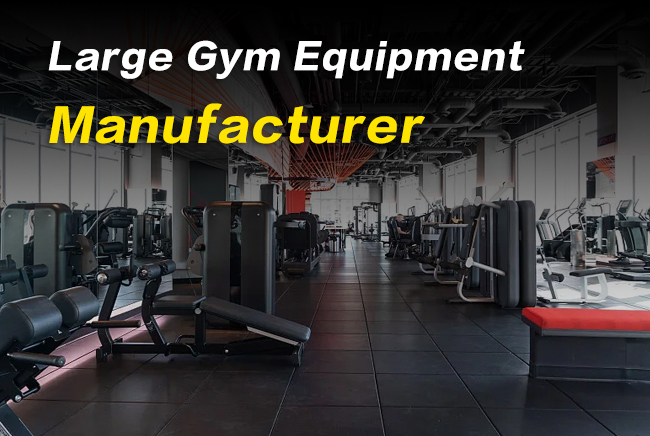
Key Challenges Faced by Manufacturers
Technological Integration: One of the biggest challenges is incorporating technology into fitness equipment. With the rise of connected devices and smart fitness solutions, manufacturers must continually innovate to offer features like real-time performance tracking, virtual classes, and personalized workout recommendations.
Durability and Safety: Equipment used in commercial gyms experiences heavy usage, so ensuring durability and safety is critical. Manufacturers must use high-quality materials and robust design techniques to withstand constant use and minimize the risk of accidents.
Regulatory Compliance: Fitness equipment must adhere to various regulatory standards and safety guidelines. Manufacturers need to stay updated with these regulations, which can vary by region and market, to ensure their products are compliant and safe for users.
Market Competition: The fitness equipment market is highly competitive, with numerous players vying for market share. Manufacturers need to differentiate themselves through innovation, quality, and customer service to maintain a competitive edge.
Sustainability: As environmental concerns grow, manufacturers are under increasing pressure to adopt sustainable practices. This includes using eco-friendly materials, optimizing manufacturing processes to reduce waste, and designing equipment that has a lower environmental impact.
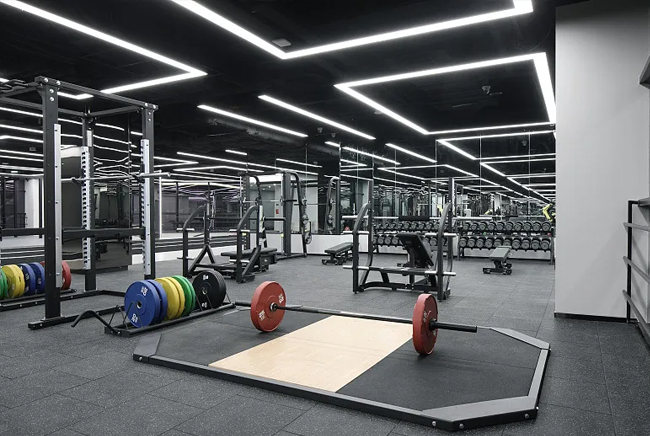
Innovations Driving the Industry
Smart Equipment: The integration of smart technology has revolutionized gym equipment. From treadmills with interactive screens to strength training machines that adjust resistance based on user feedback, smart equipment offers a more personalized and engaging workout experience.
Virtual Fitness: With the rise of virtual fitness classes and remote training, manufacturers are developing equipment that can seamlessly connect with digital platforms. This includes machines with built-in screens for streaming workouts or compatibility with fitness apps.
Modular and Multi-Functional Designs: To maximize space and versatility, manufacturers are creating modular and multi-functional equipment. These designs allow users to perform a variety of exercises with a single piece of equipment, making them ideal for home gyms and smaller commercial spaces.
Biometric and Health Monitoring: Advanced equipment now includes biometric sensors to monitor heart rate, body composition, and other health metrics. This data helps users track their progress and adjust their workouts for better results.
Sustainable Practices: Many manufacturers are investing in sustainable production practices, such as using recycled materials and reducing carbon footprints. This shift reflects a growing commitment to environmental responsibility and appeals to eco-conscious consumers.

Looking Ahead
The future of large gym equipment manufacturing is bright and dynamic. As technology continues to evolve and fitness trends shift, manufacturers will need to stay ahead of the curve by embracing innovation, addressing new challenges, and meeting the ever-changing needs of their customers. Whether it's through smart technology, sustainable practices, or versatile designs, these manufacturers are crucial in driving the fitness industry forward and helping people achieve their health and wellness goals.
In conclusion, large gym equipment manufacturers are not just builders of fitness tools; they are architects of the future of fitness. Their ability to innovate and adapt to new trends will determine how effectively they can meet the demands of an increasingly health-conscious world.

